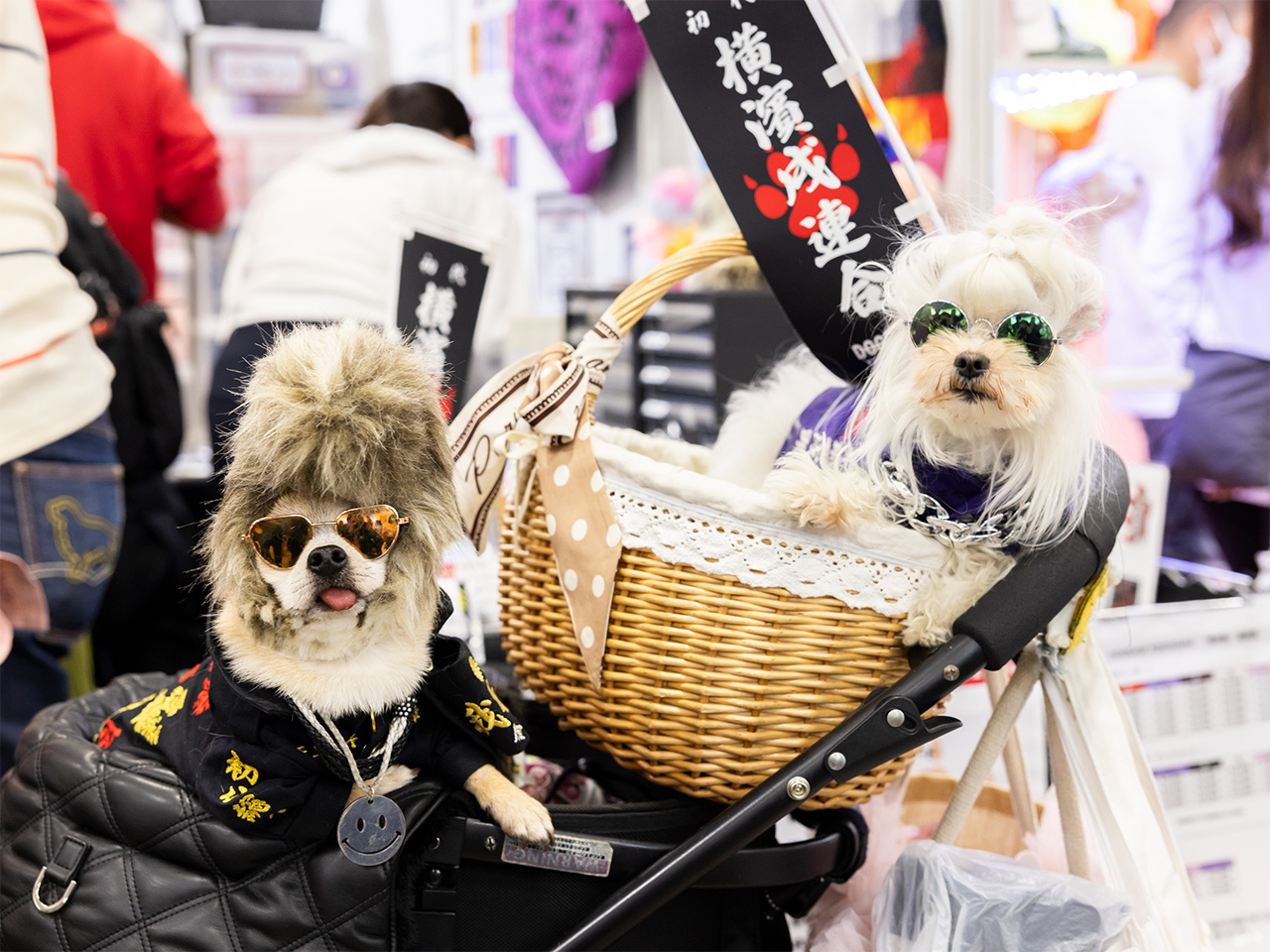The Remarkable Haenyeo: How Generations of Free Diving Are Rewriting South Korean Women's DNA

For centuries, the Haenyeo, or “sea women,” of South Korea have captivated the world with their extraordinary abilities. Often romanticized as mermaids, these incredible divers spend hours each day submerged in the ocean depths, harvesting abalone, octopus, kelp, and other delicacies without the aid of scuba gear. But their lifestyle isn’t just a testament to human endurance; it’s fundamentally reshaping their genetics, revealing a fascinating intersection of culture, environment, and evolution.
A Legacy of Free Diving: The Haenyeo tradition stretches back hundreds of years, primarily on the southern coast of Korea. Initially, diving was a necessity, a vital source of income and sustenance for women in coastal communities. As men often worked in agriculture or fishing further offshore, women took on the role of providing for their families through the perilous practice of free diving. This wasn’t merely a job; it was a deeply ingrained cultural heritage, passed down through generations of women.
Physiological Adaptations: Recent scientific research has begun to unravel the remarkable physiological adaptations that allow the Haenyeo to thrive in their challenging environment. Studies have revealed significant differences in their spleen size compared to mainland Korean women. The spleen, an organ responsible for storing red blood cells, is considerably larger in Haenyeo, allowing them to efficiently redirect oxygen to vital organs during prolonged dives. This expanded spleen capacity acts as a natural reservoir, providing a crucial advantage in oxygen conservation.
Genetic Insights: Beyond the observable physical differences, genetic analysis has uncovered even more intriguing findings. Researchers have identified specific gene variants linked to efficient oxygen use and cold tolerance that are significantly more prevalent among Haenyeo populations. These genetic markers suggest that generations of free diving have driven natural selection, favoring individuals with traits that enhance their ability to withstand the stresses of deep-sea immersion.
Beyond Physiology: While genetics play a crucial role, the Haenyeo's skills are also honed through rigorous training and a deep understanding of the ocean. They learn specialized breathing techniques, including 'apnea training,' which extends their breath-hold capacity. They also possess an intimate knowledge of marine life and ocean currents, allowing them to navigate the underwater world with remarkable efficiency and safety.
A Cultural Treasure at Risk: Despite their incredible resilience and adaptability, the Haenyeo tradition faces challenges. The number of practicing Haenyeo is dwindling as younger generations pursue alternative livelihoods. Overfishing and climate change also threaten the marine resources they depend on. Preserving this unique cultural heritage and the invaluable knowledge it holds is paramount.
The Haenyeo’s Legacy: The story of the Haenyeo is a remarkable testament to the power of human adaptation and the enduring connection between culture and biology. Their lives offer a window into the fascinating interplay of genetics, environment, and human perseverance, solidifying their place as not just skilled divers, but also as living examples of human evolution in action. Further research into their unique physiology and genetics promises to unlock even more secrets about human resilience and the potential for adaptation in extreme environments.






